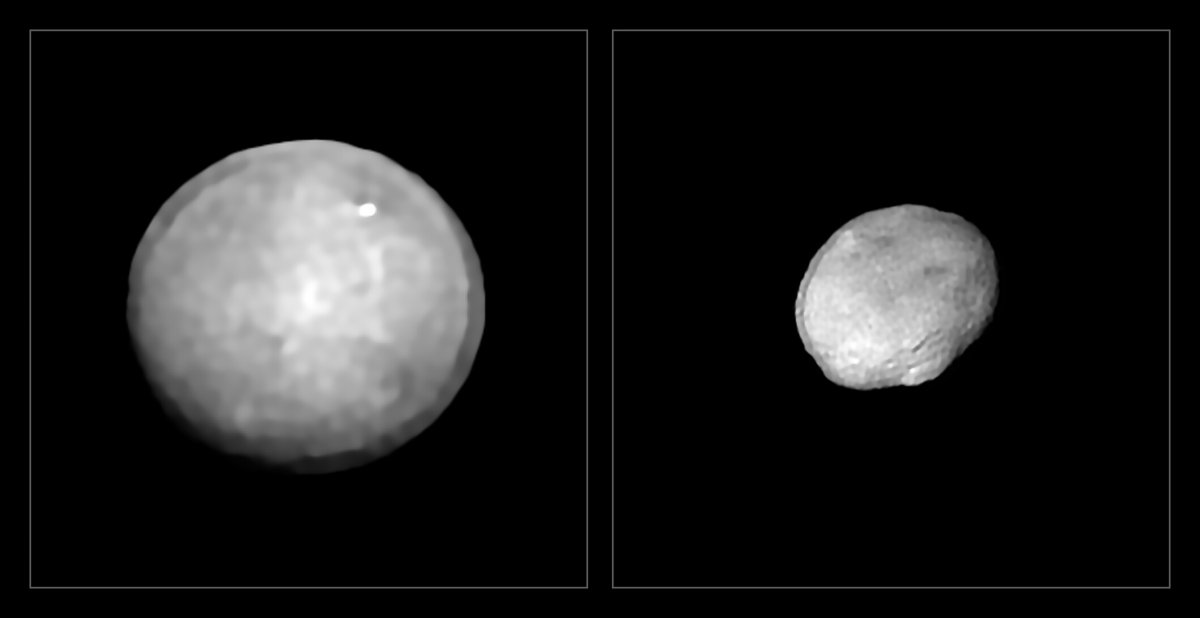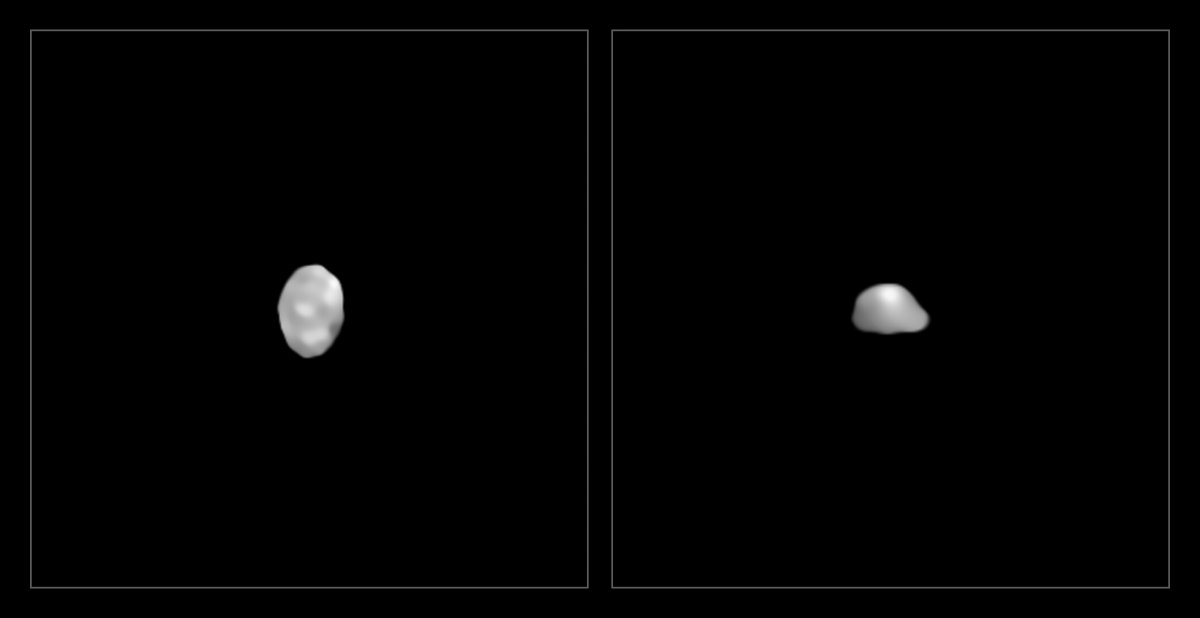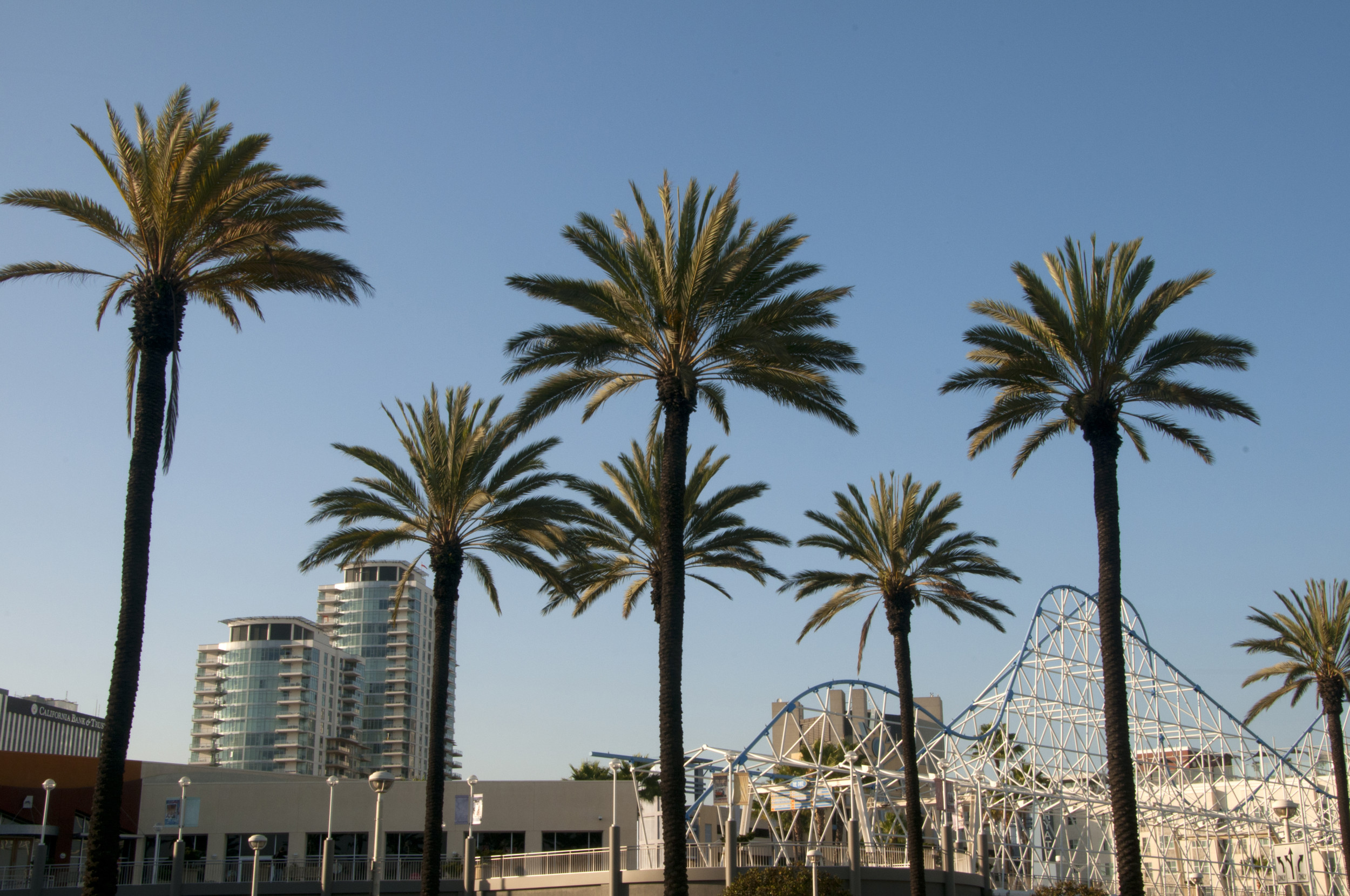Astronomers have created highly detailed images of 42 of the solar system's largest asteroid belt objects, including Ceres which has a diameter twice as long as the Grand Canyon.
The team used the European Southern Observatory's (ESO) Very Large Telescope (VLT) in the Atacama Desert, in Chile, to image the objects that exist in the solar system's main asteroid belt, located between Jupiter and Mars.
Because asteroids are composed of unspoiled material that existed when the solar system was first formed, the detailed images could help astronomers better understand how planets like Earth evolve.
Of the 42 main asteroid belt objects, only three of the largest, the dwarf planet Ceres, and the asteroids Vesta and Lutetia, have been detailed so precisely before, when they were visited by the space missions Dawn and Rosetta, operated by NASA and the European Space Agency (ESA) respectively.
"Our ESO large program has provided resolved images for an order of magnitude more targets, 42 in total, allowing the characterization of the 3D shape and density of a sample that is representative of the compositional diversity of the asteroid belt," scientist at the Laboratoire d'Astrophysique de Marseille, Pierre Vernazza, told Newsweek. "Such data wasn't available before and that is what motivated us."
Most of the objects imaged by the team were over 62 miles in diameter, about the length of the Panama Canal. The survey also managed to image almost all of the objects in the asteroid belt that are larger than 125 miles in diameter, about half the length of the Grand Canyon.

Of these objects, Ceres is the largest, and Vesta is the second-largest asteroid belt object possessing a diameter of just over 320 miles, five times the width of the English Channel. The smallest asteroids imaged by the team were Urania and Ausonia, both about 56 miles in diameter.
Vernazza, the lead author of an Astronomy & Astrophysics paper detailing the findings, told Newsweek how the ESO survey, and the new images it provided, delivered unexpected revelations regarding some of the objects in the main asteroid belt.
"There were many surprises including the spherical shape of Hygiea and the heavily cratered surface of Pallas. Overall, this research has changed our view concerning many objects," said the researcher.
In addition to imaging almost perfectly spherical asteroids like Hygiea and Ceres, the team also detailed objects with elongated shapes. These included the unusually shaped asteroid Kleopatra, which resembles a cosmic dog bone.
By combining details on the objects' masses, sizes, and shapes, the teams were also able to determine the densities of many of the main-belt asteroids. They found that these densities ranged from that of coal for light asteroids like Lamberta and Sylvia, to asteroids that are even denser than diamond, like Psyche and Kalliope.

Finding such a wide range of densities in main-belt asteroids indicates some of these objects may have radically different compositions, something that could have implications for our understanding of the early solar system.
"We now have a better understanding of the compositional variety of the asteroid belt, of the effect of large impacts on asteroid shapes, of binary formation, and of the overall dynamical evolution of the Solar System," said Vernazza.
Such detailed images of asteroid belt objects have only been made possible thanks to the sensitivity of the Spectro-Polarimetric High-contrast Exoplanet REsearch (SPHERE) instrument mounted on VLT.
"The angular resolution of the SPHERE instrument is about three times better than that of the Hubble Space telescope," Vernazza said. "We knew that the improved capabilities of SPHERE along with the fact that little was known regarding the shape of the largest main-belt asteroids would allow us to make substantial progress in this field."
To obtain even more detailed images of these main asteroid belt objects, astronomers may have to wait until the completion of the Extremely Large Telescope (ELT), which is currently under construction in Chile and is set to begin operations later this decade.
"We will have to wait for the next big step, namely the ELT's first light," Vernazza concluded. "In the meanwhile, we will continue to use the SPHERE instrument on targets of interest that were not covered by our observing program."
Laboratoire d'Astrophysique de Marseille researcher and paper co-author, Laurent Jorda told Newsweek: "In the near future we plan to observe a few more interesting asteroids
with SPHERE to answer new questions raised by our large program.
"When it will become available, the ESO/E-ELT will allow us to resolve a
larger sample of asteroids in the main belt and possibly even the
largest objects of the very distant Edgeworth-Kuiper belt beyond Neptune."

Uncommon Knowledge
Newsweek is committed to challenging conventional wisdom and finding connections in the search for common ground.
Newsweek is committed to challenging conventional wisdom and finding connections in the search for common ground.
About the writer
To read how Newsweek uses AI as a newsroom tool, Click here.








